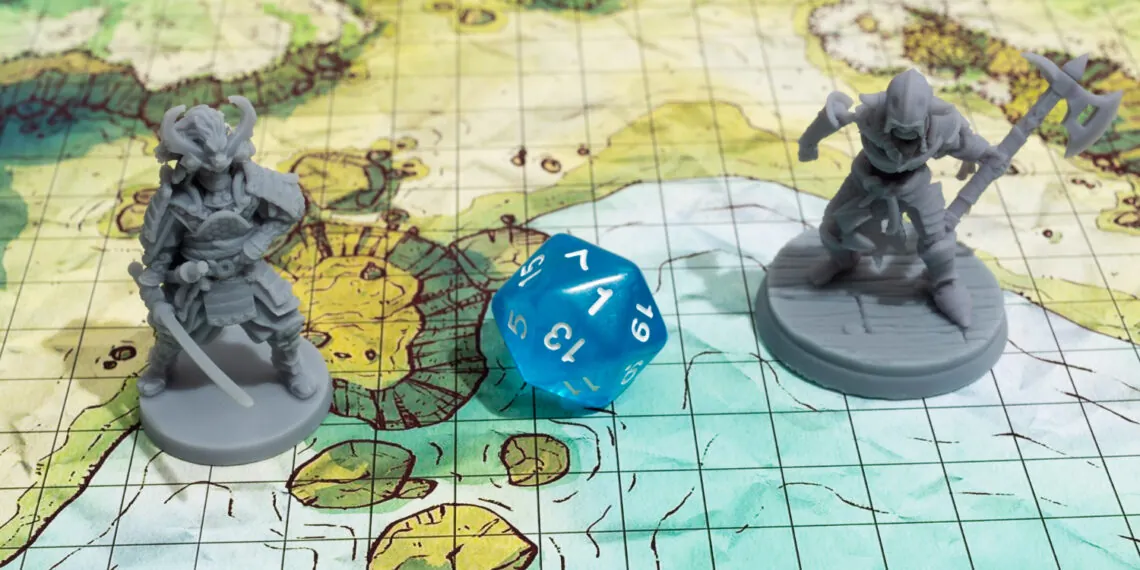The dust settles as the firefight fades, the humming of distant helicopters carried on a thin breeze. In Cost Of War, every clash is more than bullets and blood—it’s a test of instinct, resolve, and the hard-learned lessons forged in our development trenches. Today, we peel back the visor and share how our team dissected—and empowered you to defeat—the enemy’s most insidious tactics.
Reading the Enemy’s Rhythm
We began by studying real-world engagements—after-action reports, helmet-cam footage, interviews with veterans. We noticed a pattern: insurgent squads often move as living currents, probing flanks with sharp bursts of fire, then melting back into cover. Lead AI designer Marta León built a system we call “Adaptive Suppression.” Our enemies will circle you, pressure your line of sight, and force you to change positions continuously.
Countering it means mastering the ebb and flow. We encourage players to use quick smoke canisters—timed to land just before an enemy volley—breaking their visual hold. Combined with the game’s lean-and-peak mechanics, this buys crucial seconds to relocate or hammer their position with an explosive charge. It’s a dance of visibility and timing, honed in our playtest bunkers where testers ran through dozens of scripted encounters.
Breaking the Flank
Nothing shatters squad cohesion like a blade slicing through the ranks. Our narrative team drew on a soldier’s recollection of “the silent slide”—enemy teams flanking under night’s cover, using suppressed weapons to thin defensive lines. Our AI programmers elevated this by giving enemy scouts dynamic pathfinding: they’ll use low walls, rooftops, even sewer grates to approach undetected.
In response, we built the new Thermal Field Watcher gadget. From concept sketches to final textures, it took months to nail its pulse-map effect and audio feedback. Deploy it at chokepoints; it highlights movement through smoke and foliage, forcing flanking parties into the open. During development, one tester whispered in the live stream: “I saw them crawling through tall grass before I even heard a shot.” That moment crystallized our design philosophy—tools shouldn’t cheat the player, but reveal risk when used wisely.
Disarming Improvised Ambushes
Roadside bombs and tripwire traps are lurking reminders that the battlefield is never safe. We collaborated with military consultants to understand real IED deployment, then translated that into our level design. In mountainous passes and dusty highways, subtle visual cues—a loose rock, a displaced burlap sack—hide deadly surprises.
Counterplay comes with the EOD Scanner upgrade. It pulses in your hand, its scanning beam tracing along the roadside. The first iteration was too forgiving—every trap lit up like a Christmas tree. So we dialed it back. Now, you must hold your breath and move the scanner slowly, mimicking a real technician’s cautious sweep. One late-night test run ended with a defuser’s heartbeat echoing over comms: it captured the tension we wanted you to feel.
Suppressive Fire and Morale
Suppressive fire isn’t just about pinning the enemy—it’s psychological warfare. Our sound team sampled rounds from six different machine guns, layering them to create that bone-rattling thunder. In playtests, testers reported a palpable urge to seek cover, voices rising with the crack of tracers overhead.
To counter this, we introduced Coordinated Volley—an upgrade that lets players call in precise covering fire from allied AI on your side. This decision wasn’t purely mechanical; narrative director Liam Choi wrote a short drama about a small team holding a ridge under fire. As players coordinate that volley, you share the story’s stakes: saving those comrades from being overrun.
Decoys, Disinformation, Deception
Perhaps our favorite tactic to code was the enemy’s use of decoys—mannequins dressed in uniform, scattered near high-value assets. At first, testers found them annoying. But after revising the AI to react dynamically—enemy units over the decoys shout, “Move it!” or “Focus fire there!”—players began anticipating the ruse.
We then layered in a reconnaissance drone. Not an instant unlock, but a hard-earned reward mid-campaign. Flying overhead, the drone’s feed blurs decoys unless you pulse-scan the thermal signature. It’s a cat-and-mouse developed over months, each iteration pushing the line between frustration and satisfaction.
The Player’s Edge
Behind every tactic lies a story—an insurgent squad’s desperation, a soldier’s fear, a commander’s gamble. Our goal was never to create unbeatable foes, but to craft challenges that feel earned, visceral, and true. Countering these tactics demands more than trigger discipline; it calls for awareness, adaptability, and the quiet confidence of someone who knows the cost of war firsthand.
Next time you find yourself surrounded by tracer fire or your Pathfinder gadget picks up movement in the grass, remember the hours we spent watching test streams, the heated debates on balancing realism with fun, and the single soldier who shared a war-story that sparked an entire mission design. In Cost Of War, every encounter is an invitation to learn—and every victory, a tribute to the lives that shaped this battlefield.
Suit up, soldier. The frontlines await.







